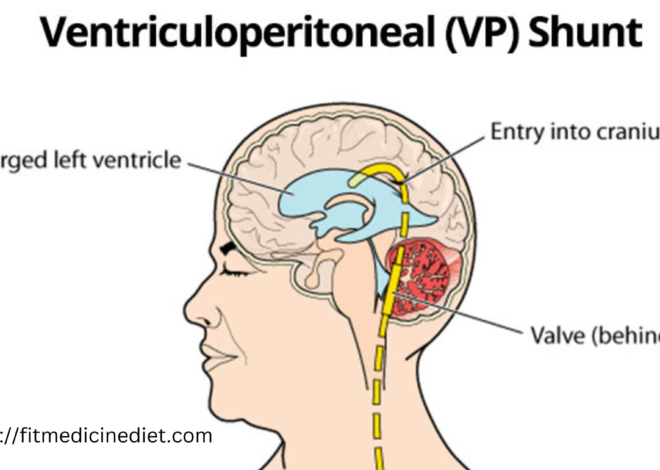
Demystifying CPT Code 97112
Understanding its Significance and Applications in Rehabilitation
The Current Procedural Terminology (CPT) code system is essential for accurately reporting medical procedures and services. Among the numerous codes, CPT code 97112 holds particular significance in the realm of rehabilitation services. In this comprehensive article, we will delve into the details of CPT code 97112, exploring its definition, applications, and the crucial role it plays in the rehabilitation process.
Introduction to CPT Code 97112
Definition:
CPT code 97112 is categorized under the Physical Medicine and Rehabilitation section. Specifically, it is associated with neuromuscular reeducation of movement, balance, coordination, kinesthetic sense, posture, and proprioception. In simpler terms, it involves therapeutic activities aimed at improving the function of the neuromuscular system.
Key Components:
The code is typically used to report services that focus on enhancing the patient’s ability to control and coordinate movements. This may include activities that address issues with balance, posture, and overall neuromuscular function.
Understanding the Applications of CPT Code 97112
Neuromuscular Reeducation:
The primary application of CPT code 97112 is in the realm of neuromuscular reeducation. This involves therapeutic interventions aimed at improving the way the muscles and nerves work together. It is particularly relevant in cases where patients experience challenges in movement, coordination, and overall neuromuscular control.
Targeted Conditions:
CPT code 97112 is often employe in the rehabilitation of various conditions, including but not limited to:
- Stroke Rehabilitation: Patients recovering from a stroke may exhibit impaired neuromuscular function. CPT code 97112 can be utilized to address specific deficits and aid in the recovery of motor skills.
- Orthopedic Rehabilitation: Individuals with orthopedic issues, such as joint injuries or surgeries, may benefit from neuromuscular reeducation to regain proper movement patterns and coordination.
- Balance and Gait Disorders: Patients experiencing difficulties with balance and gait may undergo therapeutic activities using CPT code 97112 to improve these functions.
- Neurological Conditions: Conditions like Parkinson’s disease or multiple sclerosis can impact neuromuscular control. The code is applicable in designing rehabilitation programs tailored to address these specific challenges.
Therapeutic Activities:
The services reported under CPT code 97112 often involve a range of therapeutic activities, including:
- Exercise Programs: Tailored exercises targeting specific muscle groups and movements to improve strength and coordination.
- Balance Training: Activities designed to enhance the patient’s ability to maintain balance and stability.
- Coordination Exercises: Therapeutic interventions focusing on improving the coordination of movements, especially in cases of dysfunction.
- Proprioception Training: Proprioception involves the body’s awareness of its position in space. Rehabilitation activities may include exercises to improve proprioceptive abilities.
- Posture Training: Addressing and correcting issues related to posture to promote optimal musculoskeletal function.
III. How CPT Code 97112 Fits into the Rehabilitation Process
Assessment and Diagnosis:
Before the application of CPT code 97112, a comprehensive assessment is conducted to diagnose the patient’s neuromuscular challenges. This may involve evaluating movement patterns, coordination, balance, and other relevant factors.
Treatment Planning:
Based on the assessment, a tailored treatment plan is develop. CPT code 97112 comes into play as part of this plan, outlining the specific therapeutic activities geared towards neuromuscular reeducation.
Therapeutic Sessions:
During rehabilitation sessions, healthcare professionals implement the planned therapeutic activities covered by CPT code 97112. These sessions are focus on addressing the identified deficits and promoting improvement in neuromuscular function.
Monitoring Progress:
Regular assessments are conduct to monitor the patient’s progress. Adjustments to the treatment plan may be made base on the individual’s response to the therapeutic interventions.
Documentation and Compliance
Documentation Requirements:
Accurate and detailed documentation is crucial when using CPT code . The medical records should clearly reflect the necessity of neuromuscular reeducation, the specific activities performed, and the patient’s response to the interventions.
Compliance with Coding Guidelines:
Healthcare providers must adhere to coding guidelines to ensure proper utilization of CPT code. This includes documenting the time spent on neuromuscular reeducation activities and ensuring that the services align with the code’s description.
Potential Limitations and Considerations
Time-Based Nature:
CPT code is time-base, meaning that the duration of the therapeutic activities influences the code selection. Healthcare providers must accurately document the time spent on neuromuscular reeducation to comply with coding guidelines.
Coverage and Reimbursement:
Coverage and reimbursement for CPT code may vary based on factors such as the patient’s insurance plan and the specific policies of the healthcare provider. It is essential to be aware of these considerations to optimize financial outcomes.
Conclusion
CPT code plays a crucial role in the rehabilitation process, specifically in addressing neuromuscular challenges that impact movement, coordination, and overall function. Healthcare professionals, including physical therapists and rehabilitation specialists, utilize this code to report services aimed at reeducating the neuromuscular system. By understanding the applications, documentation requirements, and compliance considerations associated with CPT code, healthcare providers can ensure accurate reporting and effective integration of neuromuscular reeducation into comprehensive rehabilitation programs. Ultimately, the use of CPT code contributes to improved patient outcomes and enhanced functionality for individuals undergoing rehabilitation for neuromuscular issues.


